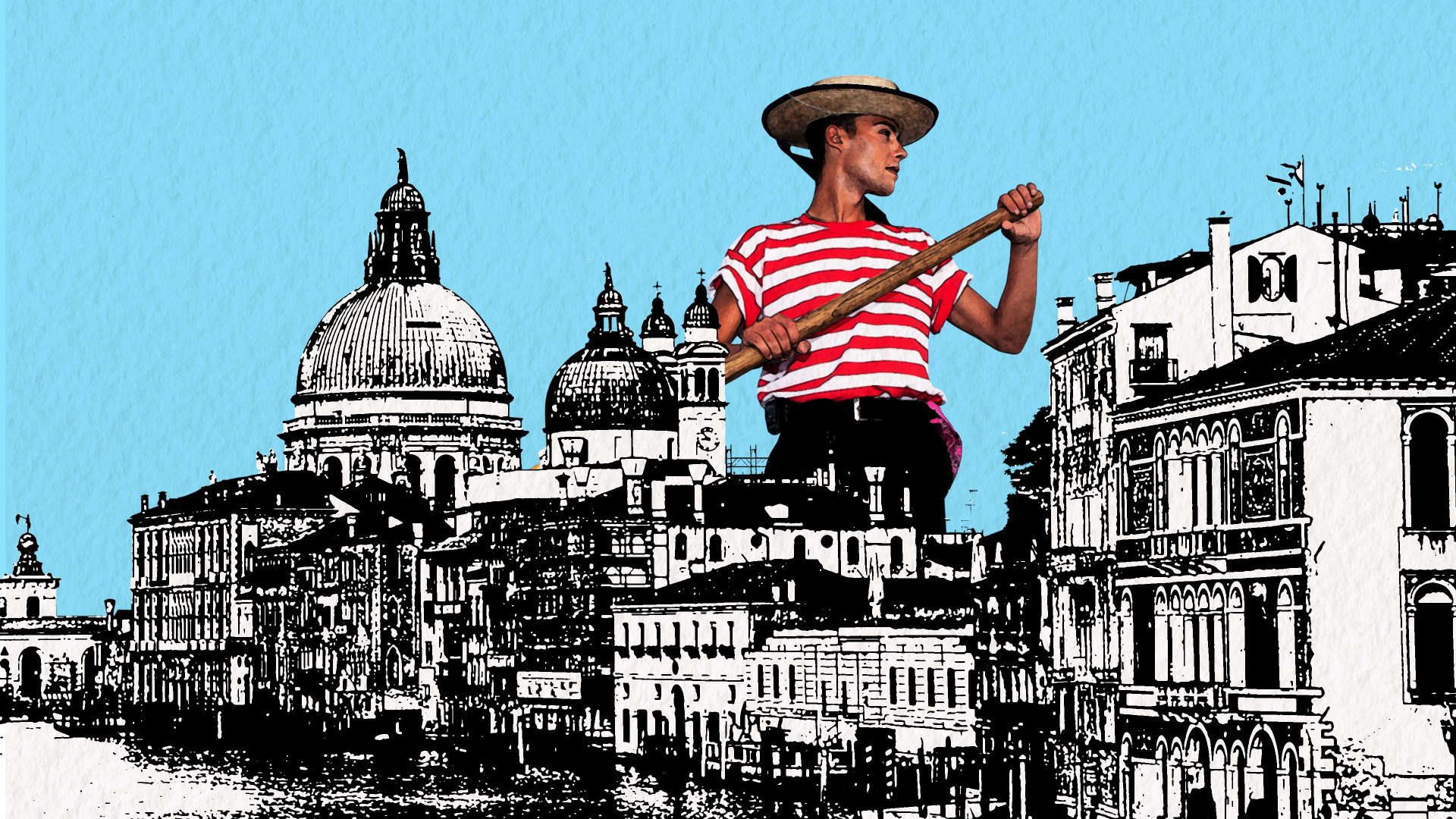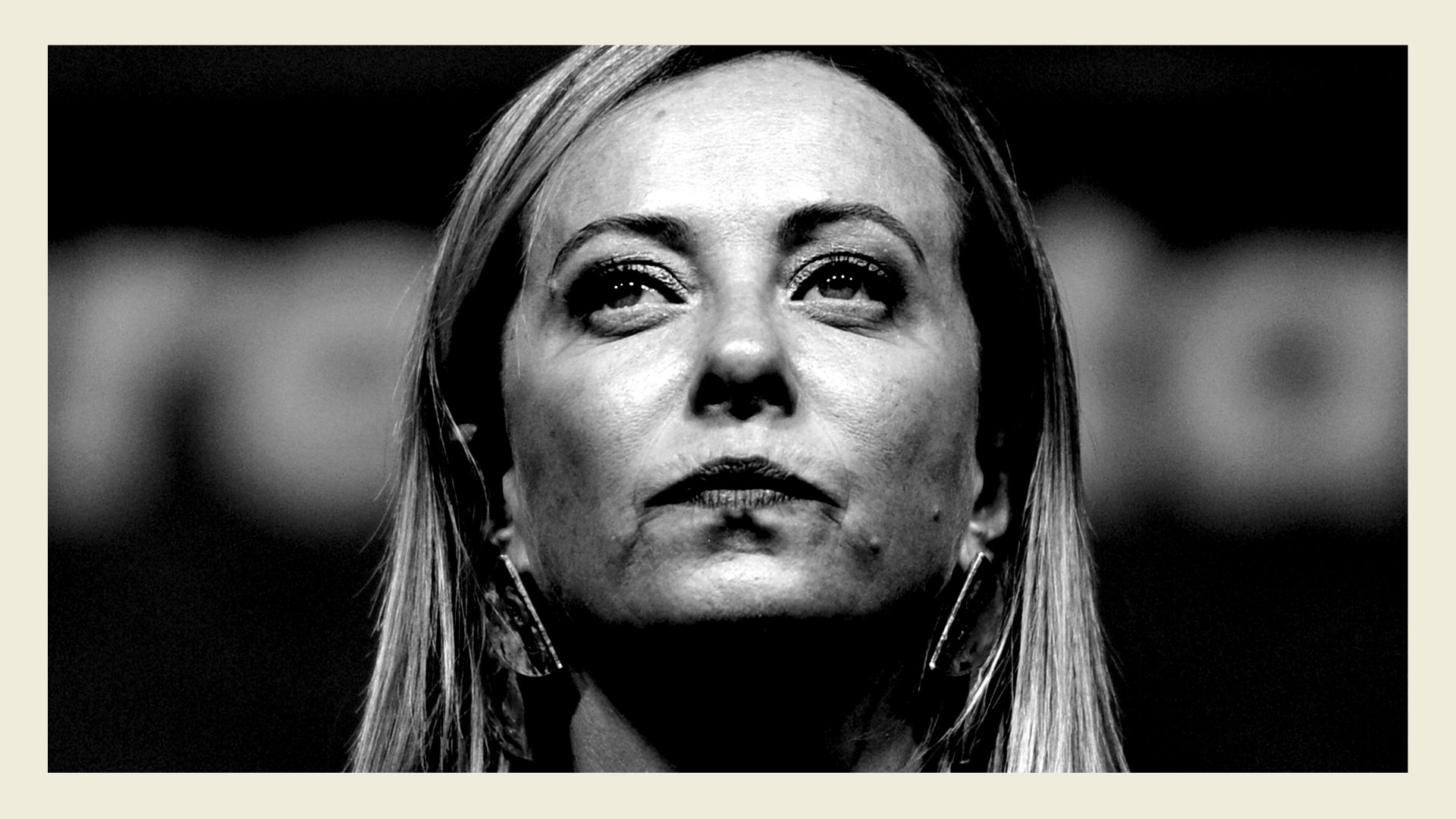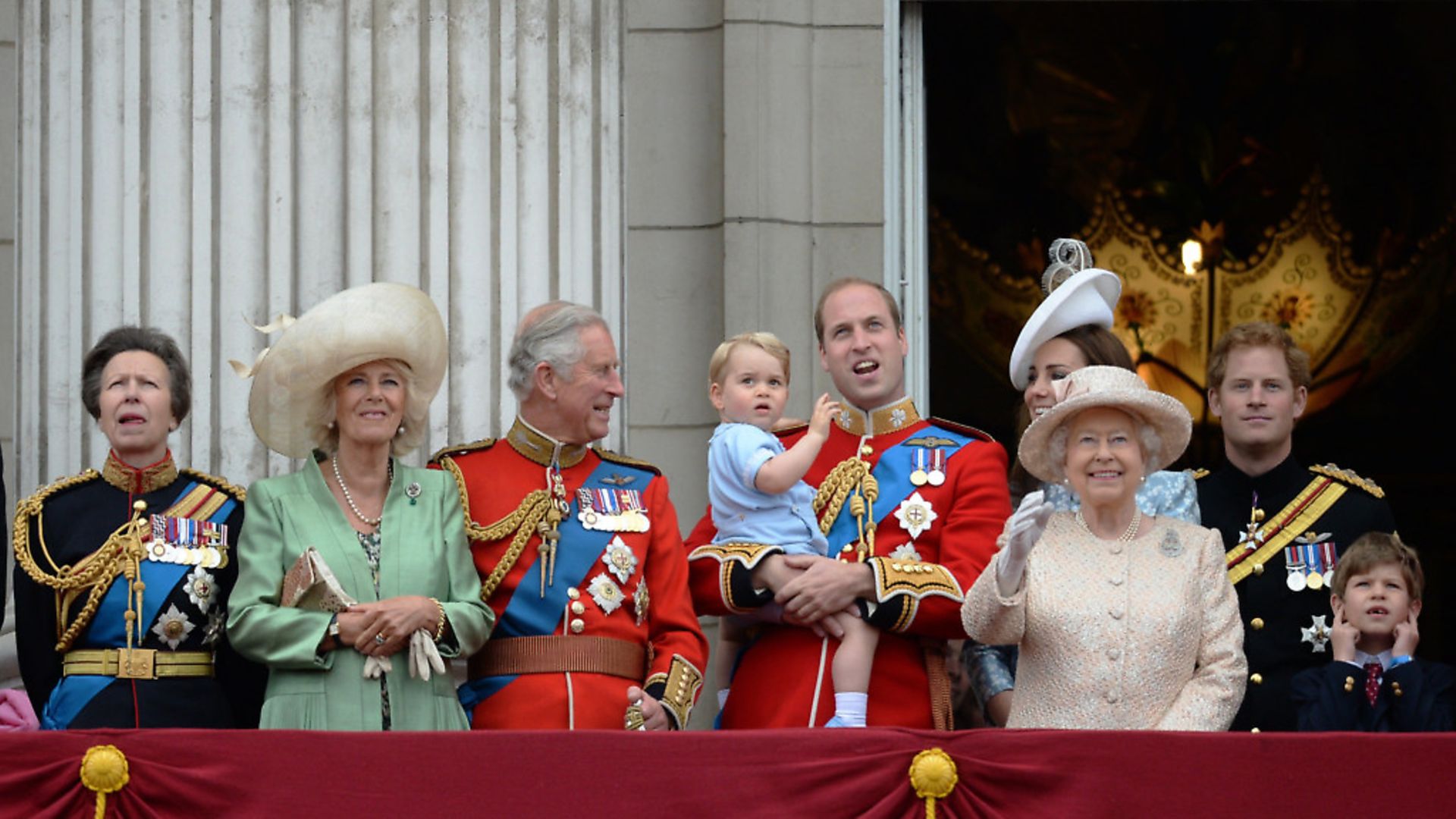I never thought the Venetian way of life would get to me. I’d moved there for two months and two months is short, I’d thought; not long enough to erase 30 years of city living. I’d moved and been gently amused by the friends I had there, to whom the prospect of a 20-minute walk to go for drinks seemed inhumane.
I’d spent the first few weeks walking for hours and hours every day, because it is cheaper than hopping on a boat and because Venice just isn’t that big. You can go from one end to the other in about an hour, an hour and fifteen minutes if you take a few wrong turns. I grew up in cities; an hour is nothing.
Still; the Venetian way of life got to me, in the end. A friend came to visit towards the end of my trip and asked me if I knew of a place that would let her sit with a laptop and a coffee for an afternoon. “Oh god”, I told her, “I mean I can think of one place but it may be a bit far from your hotel, I’m really sorry.”
I gave her the name, she typed it on her phone and asked me if I’d got the name wrong. The bistro I had recommended to her was an 11-minute walk away from her hotel; did I mean another one? To my great shame, I did not. I knew exactly where she was staying and exactly where the bistro was but somehow, in those weeks, the way I thought about distances had changed entirely.
I explained myself, she laughed, I laughed, and I thought about the acquaintance I’d met at the beginning of my trip. “Life in Venice is about the tre punti”, he’d told me; the three bridges. If you are asking a Venetian to come meet you for, say, an aperitivo, you should keep in mind that they will be unlikely to come if they have to cross over three bridges to get there.
If you have not been to Venice before, there is one thing you must understand at this point: crossing three bridges does not take you far at all. At risk of stating the obvious, there are bridges everywhere. This is especially true of the sestieri – neighbourhoods – of Cannaregio and Dorsoduro, on the north and south of the city, as they are pierced by canals. I lived in Dorsoduro; if you’d pushed me from the top of the stairs and let me roll, I probably would have crossed two bridges before even standing back up.
I’d obviously found my acquaintance’s pronouncement very funny at first, but he’d been right. Without even noticing it, I ended up building a Venetian life for myself that was comically small. There was my bistro, which was six doors down from my building; my supermarket, two bridges away from my street; the three bars where I usually met friends, all of which could be reached in under 10 minutes.
What helped, of course, was that most of my friends lived in the same corner of the city. My local hangs were their local hangs, and “meeting in the middle” usually involved both parties walking for a few minutes at most. As a result, I frequently forgot that tourists even existed; Venice is small and Americans with socks and sandals are there in their thousands but, somehow, I never really saw them.
When people come to Venice for a few days they go see the San Marco church and the Rialto Bridge and, if so inclined, the Arsenale and the Peggy Guggenheim Museum. They walk and walk and walk, only stopping for lunch or to wait for a vaporetto (a public waterbus. Venice seems labyrinthian to them, both because it is and because they never stop to catch their breath.
“How can you deal with it for more than a few days at a time?” they ask, and the answer is that Venetians don’t.
It is a city of 1,000 islands and each of them carries its own world. I was told when I arrived that I would quickly notice the same faces in the street, again and again, and it was nearly right, but not quite. I did not spot the same people, but I quickly took to spotting the same dogs; the three long-haired dachshunds on their morning walk by the water, the large and lithe dog always wearing a different neckerchief.
There was one samoyed, white and fluffy and smiling, that would always make me happy; a black labrador who would lick my hands whenever we encountered each other. Living in Venice is like living in an old and cheap video game, in which designers only had the budget to design a handful of background characters.
What this means in practice is that there is no privacy there; you cannot leave your front door and expect not to see at least one person you know. I left my house with greasy hair and no make-up to run some errands once and it was a mistake I did not make again. Within about three minutes, I had bumped into two people I knew. About a week later I went to sit on the ground by the water and, out of nowhere, felt a hand on my shoulder.
Towering above me was an acquaintance, reminding me of the belief spread by Italian nonnas everywhere that sitting on the ground will lead to developing rheumatisms. I was told to stand up at once. Geographical closeness, it turns out, breeds overfamiliarity.
Needless to say, it breeds nosiness as well. If you intend to start a new relationship or engage in a short-lived fling, you should probably do so indoors. If you step out on to the street together, you will be spotted before even your first kiss. Gossip will spread at a seemingly impossible speed and, before you know it, everyone you know will smile at you with a glint in their eye. Am I speaking from experience? I couldn’t possibly say.
If this all sounds quite claustrophobic, don’t worry; like migratory birds, Venetians fly out of the nest several times a year. Though every city has a social calendar, nowhere does it (appropriately) feel as tidal as it does in Venice. The first rumblings begin in early April; spring is coming and so is the Biennale.
Suddenly every other palazzo is closed down, ready to reopen as an exhibition space, a national pavilion, or heaven knows what else. Mysterious people go in and out of buildings with windows covered with paper, and talk nearly always turns to the various vernissages people are planning to attend.
Nearly every building in my quiet, small neighbourhood was taken over by art; I would go to buy cigarettes and walk past the Cameroonian pavilion. I would go food shopping and nod at Kazakhstan’s.
One day I walked past a small side street I had walked past 1,000 times and saw a flimsy sign with an arrow so I went in. I sat in a tiny chapel for half an hour, watching a film made by a Portuguese-Angolan artist, and it made me cry. One day I went to buy myself lunch and got distracted by an exhibition that had opened next door; it got to 2pm before I realised I had forgotten to eat.
Still, my corner of the world wasn’t the centre of it all; the Biennale takes place in Castello, over in the east, and that is where Venetians flock to. They walk from San Polo and they take the boat from Santa Croce; they go for the art or for the booze or to see the people they only see at the Biennale.
There are, I was told, people you only ever really see in Castello for a few weeks every year, even if you both happen to live within a mile of each other the rest of the time. It is just the way they do things there. It is an odd way to live; no cars anywhere, no adverts on the wall, everything you could ever need within easy walking distance.
It is what I imagine small village life to be like, except that this village just happens to be one of the most beautiful cities in the world. Perhaps one is a consequence of the other; if you are to live in a place which millions of people come to visit every year, you must build your own nest and hide inside it.
In hindsight, I both miss it and don’t; I was born in and made for large cities, and the lagoon sometimes felt suffocating. I could not live in Venice permanently, but it is strangely comforting to know that I once made it my home, and could do it again if I wanted to.
Marie Le Conte is a French freelance political journalist and author based in London




